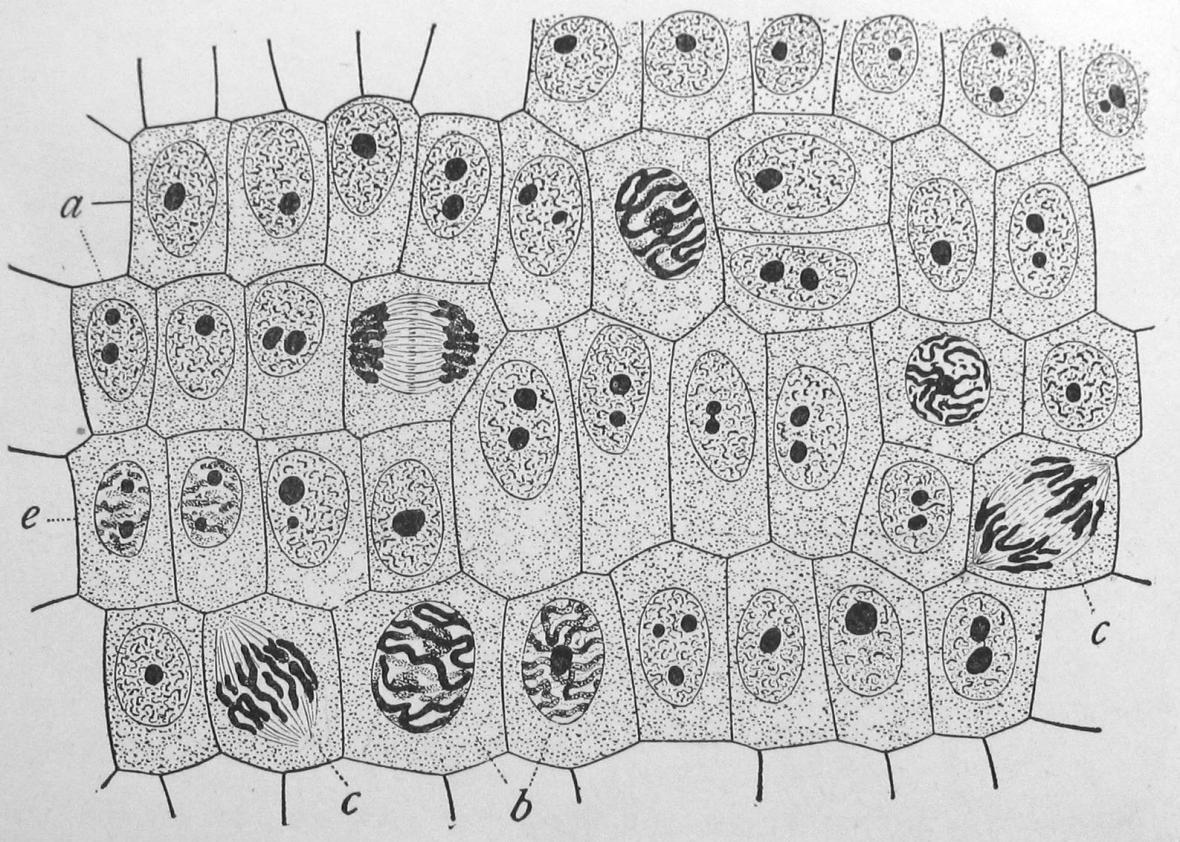You are highly unoriginal. Every cell in your body is a copy of a copy, the product of billions of replications your DNA has undergone in the making of you. And all that copying relies on a messy, error-prone process that—along with damage from things like ultraviolet light and cigarette smoke—puts you at risk for cancer. So the question is: Why aren’t you dead yet?
For solving that riddle in exquisite detail, Tomas Lindahl, Paul Modrich, and Aziz Sancar have just been jointly awarded this year’s Nobel Prize in Chemistry. Working separately, these scientists revealed a host of mechanisms that repair DNA errors at a molecular level. Like diligent copy editors, these enzymes go over and over each DNA strand with astonishing finesse, identifying errors, removing them, and replacing them before you ever knew something was amiss.
According to the Royal Swedish Academy of Sciences, which awards the prize, “you ought to have been a chemical chaos long before you even developed into a fetus.” But you aren’t! The Nobel recognizes these scientists “for having mapped these fundamental processes at the molecular level,” and for illuminating “the cell’s tool box for repairing DNA,” as Göran K. Hansson, the secretary-general of the Academy, put it while announcing the prize Wednesday morning in Stockholm.
Before every time your cells divide, DNA strands unwind, create new copies of themselves, and then re-wind in an endless dance of base pairs. Many of those replicants have lethal defects. Lindahl, the 29th native of Sweden to become a Nobel laureate and a researcher at the Francis Crick Institute in London, identified repair enzymes that help cells protect themselves during the normal cell cycle. These enzymes snap off damaged bits of the new DNA strand, usher it offstage, and replace it with the proper base pairs. Then, they seal up the strand. Voilà!
Modrich, of the Howard Hughes Medical Institute and Duke University School of Medicine, found another reason why we don’t have more errors in DNA. The answer: enzymes that repair mismatched base pairs. Since his work in the 1980s, scientists have systematically identified enzyme after enzyme that can find damaged strands of DNA and repair almost 1,000 types of errors.
Environmental factors can also add to DNA damage. The sun’s UV radiation can make cell replication go haywire; statistically, we should be getting skin cancer far more often than we do, which in America already occurs in 1 in 5 people. Sancar, born in Turkey and a U.S. citizen working at the University of North Carolina, used bacteria to figure out that cells have two-part defense against UV light. First, a light-dependent enzyme called photolyase repairs sun-damaged cells almost instantaneously. Second, a set of enzymes that functions in the dark (and is thus known as the “dark system”) goes in for more invasive surgery, amputating the injured limb of the DNA strand carrying the error and stitching it up correctly.
Clearly, we have much to thank these three scientists (and our cells’ repair mechanisms) for. “Their systematic work has made a decisive contribution to the understanding of how the living cell functions, as well as providing knowledge about the molecular causes of several hereditary diseases and about mechanisms behind both cancer development and aging,” writes the academy. But what’s a nonscientist to take away all of this? Mostly, “Write drunk, edit sober,” as Ernest Hemingway is supposed to have said.
Then again, it might have been his editor.
